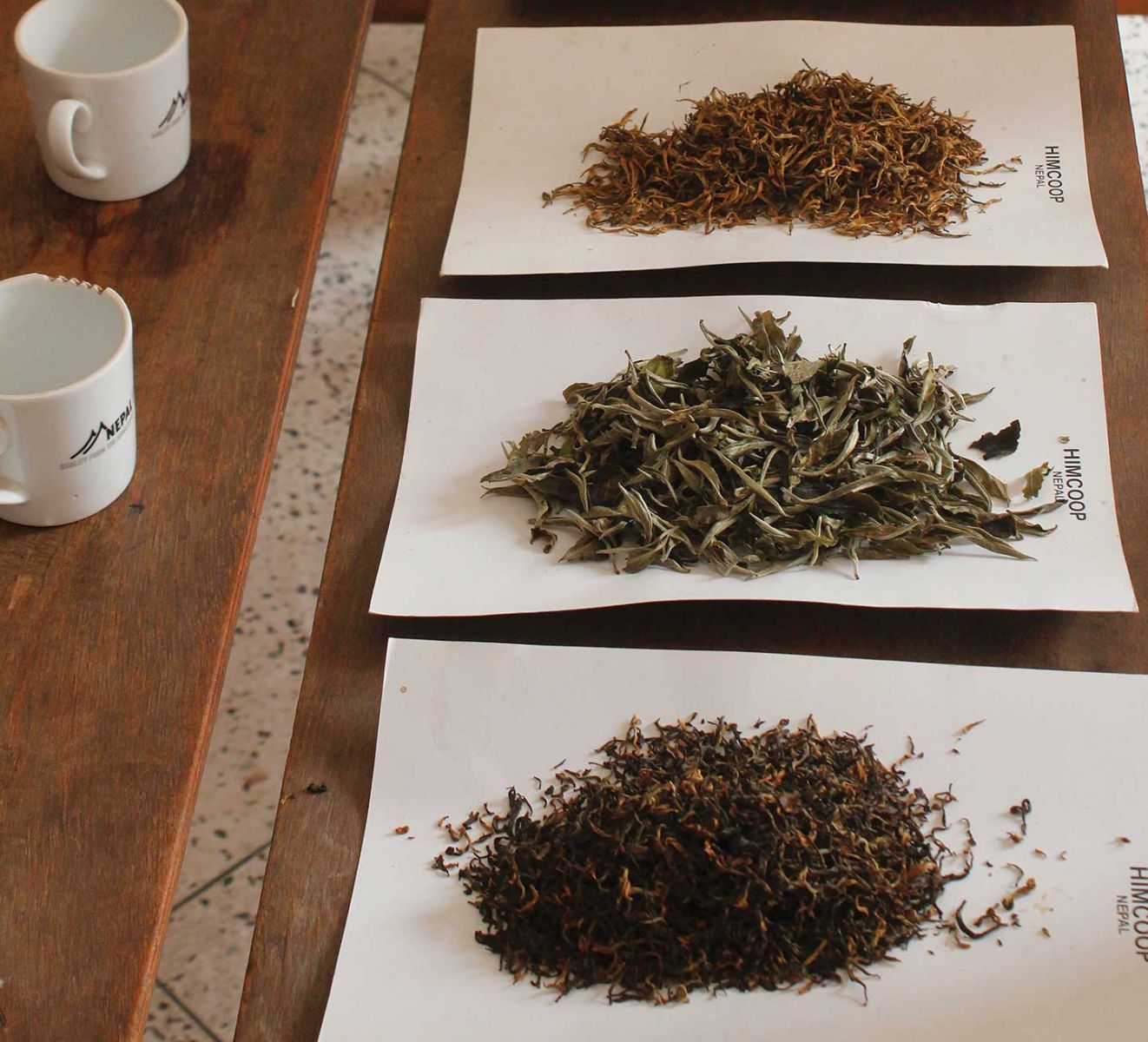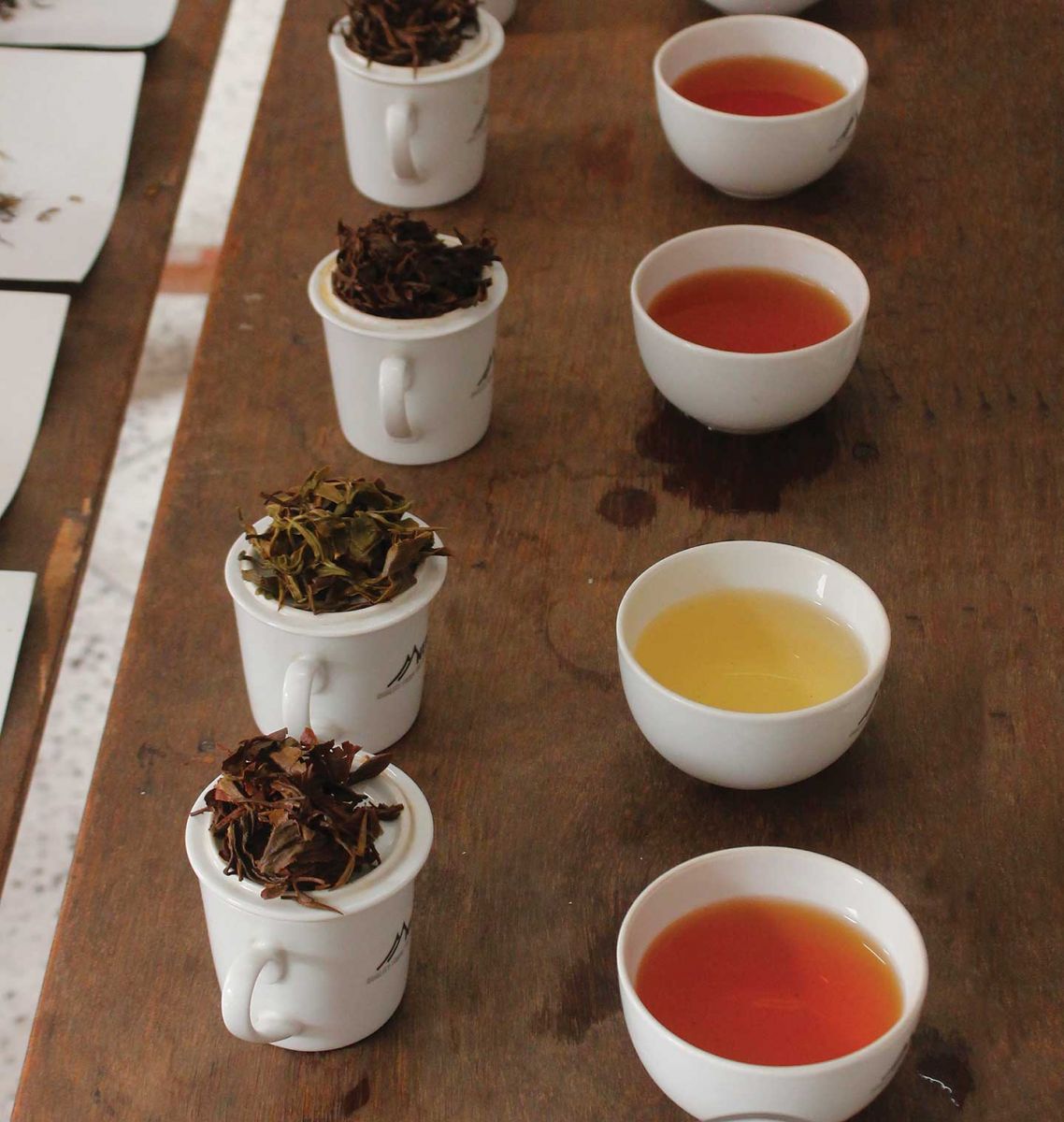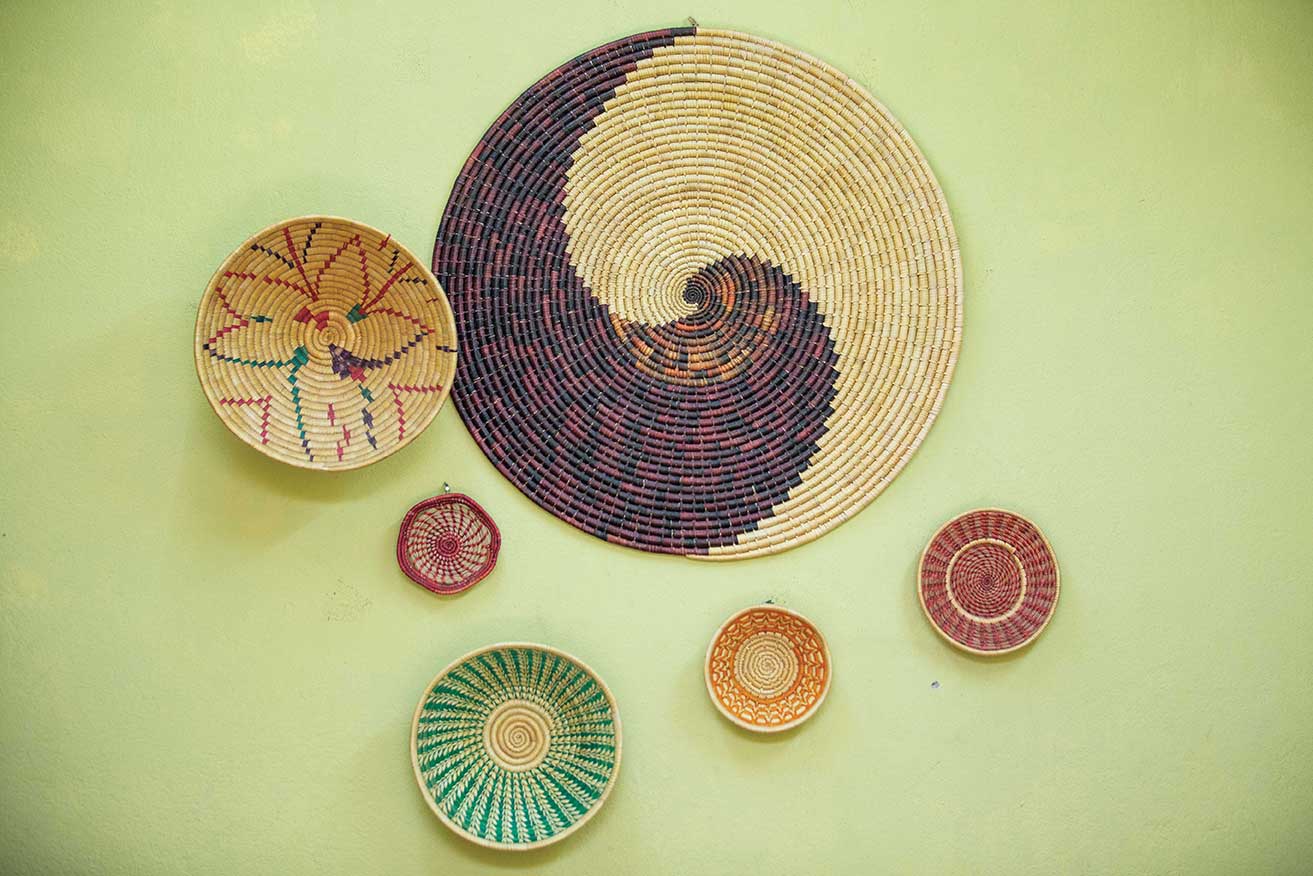Having a cup of tea in the early morning is almost a ritual for many Nepali homes and the practice is also prevalent in offices around the country.
When I first heard that the English football team drank tea during half-time at the World Cup in Spain I couldn’t help laughing. “Drinking tea during half-time?” We were used to having cold drinks and it wasn’t just us Nepali players; the expats we played with at the Police Training ground in Maharajgunj also did. In fact it was a Dutch player who used to drive out in his Volkwagen during half-time to get a crateful of Coke and Fanta. But that’s just the British way of doing things. It is true; they will drink tea no matter what the situation, even in the middle of a jungle. And they like to do it in style as well, with a teapot, cups, saucers and milk and sugar in separate pots. Add to that tea cozies and you have the full set. We did not learn to drink tea from our northern neighbor, the Chinese. It came from the British who at the time ruled India and went about planting tea bushes all over the vast country. The Chinese, Japanese and Koreans also have a strong tea culture, but refrain from adding milk and sugar to their tea.

The first thing that Nepalis like to do when they wake up in the morning is ‘to have a hot cup of tea’. It is invigorating as it does contain four stimulants: caffeine, theobromine and theophylline (related to caffeine) and a fourth one, an amino acid called L-theanine. Both tea and coffee contain caffeine but tea to a much lesser extent. Caffeine is said to stimulate the central nervous system, increasing vigilance and reducing drowsiness.
Bed tea is also not uncommon; someone bringing you a cup of tea before you are even out of bed. In fact it’s meant to wake you up fully! My own family tradition was to start the day with bed tea, followed by tea time at 11 am which my mother ensured everyone got and then at 4 pm with some snacks. This of course could only happen during the school holidays. My personal favorite snack was either chiura (flattened rice) or rice in my milk tea with copious amounts of sugar! I found it delicious. The biggest tea drinkers in Nepal are shop keepers who sit in their shops all day ordering tea to partly fight the boredom but also to keep customers happy by offering them a cuppa. And tea drinking intensifies during the cold winter days. “Sometimes I order up to 30 cups of tea in a single day,” says a shopkeeper in Ason.

The word ‘cha’ of course comes from the Chinese. We Nepalis like to call it ‘chiya’ or ‘chya’ when speaking fast. The Japanese call it ‘ochya’ and the Indians generally refer to it as ‘chai’. But both the Indians and Nepalis learned to drink tea with milk. Only in recent times have we begun to appreciate black tea, as many suffer from gastric problems and partly because of the consistent propagation of the virtues of drinking tea without milk. Some have also gone on to discover green tea but they are still in the minority. However, for health purposes it has been established that green tea is best. Some even claim that it is the healthiest beverage on the planet. It is said to contain nutrients and antioxidants and its health benefits are widely believed to include improved brain function, fat loss and a lower risk of cancer.
Although tea was planted in Nepal way back in the 1860s around the same time that the British started their plantations in India, development evaded the Nepali tea industry for a very long time. Lack of professionalism and investment were major drawbacks but the country was also closed off to the outside world and existed largely in isolation. Reportedly, the first tea factory was built as recently as 1978. The industry started growing only after entrepreneurs showed interest and made large investments. With the auction houses in India refusing to include Nepali tea in the bidding, it was a struggle finding a place in the world market. In fact for a long time Nepali tea was being mixed with India’s own production and sold as Darjeeling tea. But Nepal’s tea industry has in recent times received much assistance from donor countries through GIZ, USAID besides the Danish Government and the International Trade Centre (ITC). I once edited a report on Nepali tea based on research by a Dutch INGO. These countries have been instrumental in helping Nepali tea enter the European market.

The major tea growing areas in Nepal are Ilam, Jhapa, Panchthar, Dhankuta and Tehrathum. The two major varieties of tea that have a wide market are CTC (Cut, Tear and Curl) and Orthodox with the former preferred by local consumers and the latter by foreign buyers. Orthodox includes the leaf tea we normally drink, green tea, oolong tea and white tea. Nepal is also producing green tea and to a lesser extent the little known ‘white tea’. The latter variety undergoes less fermentation and has a light, yellowish green colored liquor unlike the CTC and Orthodox, which vary from rich amber to reddish brown and orange. Himalayan Tea Producer’s Cooperative (HIMCOOP) only exports Orthodox tea which itself comes in a wide variety depending on who is producing it. “The market for Nepali tea has grown and it is being exported to Russia, Germany (a major buyer), France, Czech Republic, China, Taiwan and the US,” says John Taylor, the Marketing Manager of HIMCOOP.
The tea industry can bring huge benefits to the country if large investments are made, if proper factories are set up and the tea estates are run by experienced managers. Tea bushes get old and a knowledgeable manager continually replaces the old ones with new bushes to maintain the quality of their products. The tea industry has the capacity to create a massive number of jobs and it also helps keep people out of crowded cities. It is the biggest industry in rural areas and helps preserve the environment, filling the hills and plains with greenery. Planting trees among the tea bushes is a must and every bush has to be kept healthy to ensure good production. Tea is an amazing commodity that can bring prosperity to a nation and good health to its citizens.

Liquid Gold: Nepal's Beer Industry Is Growing And Changing Fast
One need only glance at the beer section of the local liquor store to see that...










